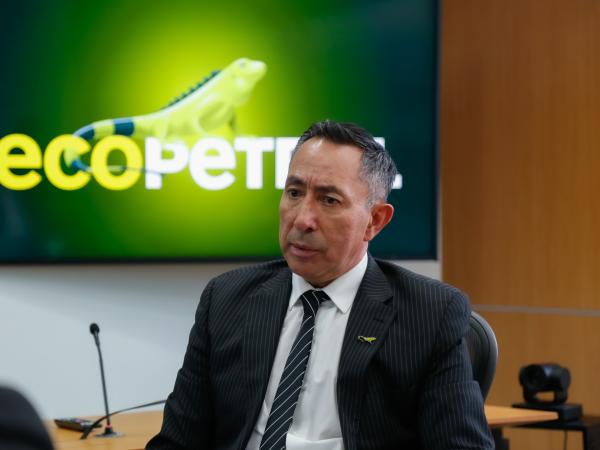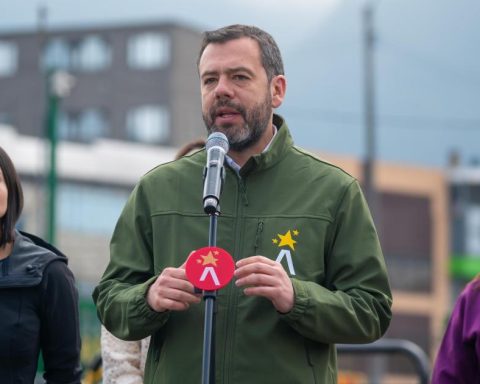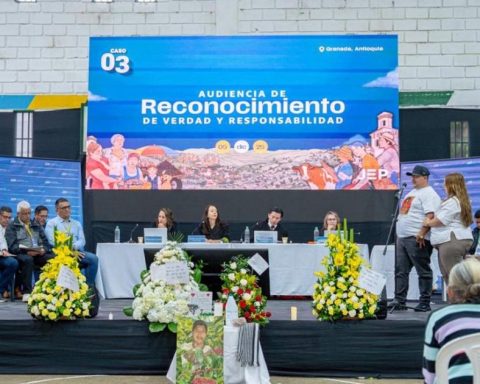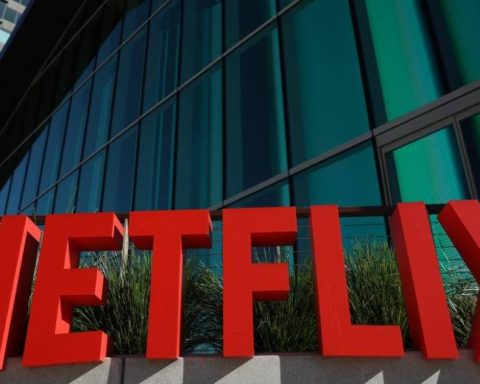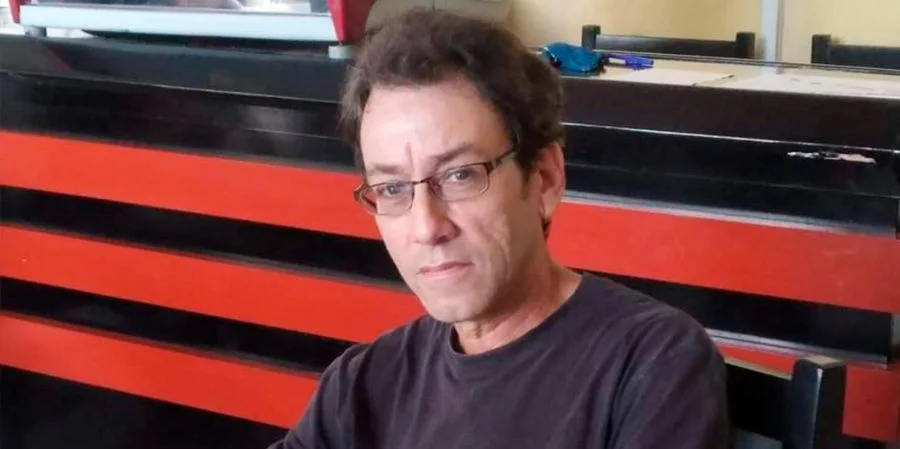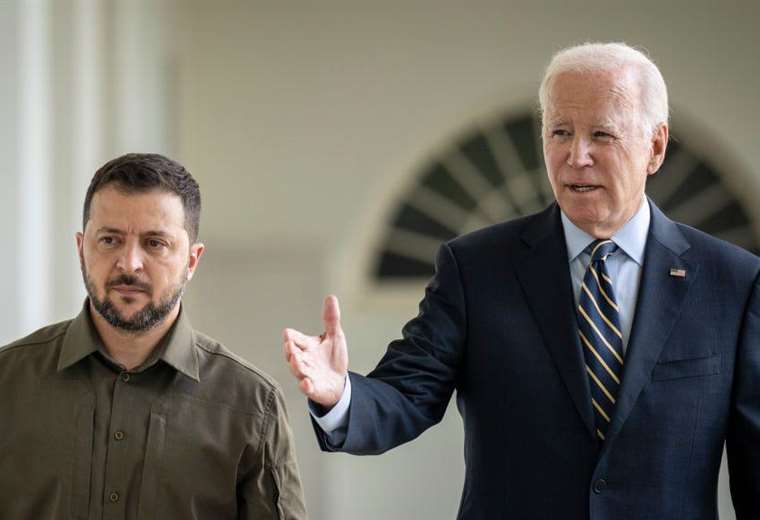Following the results presented by Ecopetrol for the third quarter of 2024, the savings needs for the different segments of its activity were highlighted.
Under this context and amid market concerns about reduced profits, corporate governance and the future of Permian operations in the United States, the president of the oil company, Ricardo Roa, announced a strong austerity plan in order to obtain greater efficiencies, which includes a change in the structure of personnel and management and executive bodies.
You may be interested in: Ecopetrol reported greater availability of gas to sell in Colombia
What allowed the fall in oil not to hit the results harder?
We have been showing sustained growth in the performance of our operational aspects. We have had a record figure for the last nine years, of 752,000 barrels per day, which shows that we continue to allocate resources to greater production and search for reserves.
As a result, there was a greater volume of transportation in oil and polyducts, the best in the last five years, and the third was the largest refinery load, of 428,000 barrels per day.
What makes us not see so well? The 2022 Brent reference, with a crude oil price of $102 per barrel and an exchange rate close to 5,000 pesos per dollar. And last year we had a lower production, but a dollar of 4,333 pesos in the first nine months, and this year one of 3,978 pesos. To this we add the reduction in the prices of refined products, between 8 and 10 dollars per barrel, 27% less. The other important variable is the inflation that we carried over from last year, in costs, prices and contracts, and the cost overruns associated with the El Niño phenomenon. Essentially we are counteracting these external factors.
What else are you doing to cushion costs? Where are there more spaces?
There is a commitment for the three years, from 2024 to 2026, of $9.7 billion, in savings, cuts and obtaining efficiencies in our production, in the consumption of our energy inputs, electricity and gas. For this year we were thinking of $3.7 billion and we are going to reach $4.2 billion or $4.4 billion by the end of the year.
Where is it centered?
First, in the optimization of crude oil and gas extraction in wells. There are important efficiencies there; We are working with artificial intelligence projects, we are improving improved recovery and that is why we are extracting more and more, yes at a higher cost, but at a controlled cost with respect to the production we are doing and there are very important savings there.
Recommended: Ecopetrol reported greater availability of gas to sell in Colombia
How is the recovery rate after that?
We were at around 19%, and we are now close to 20% in the improved recovery factor, precisely thanks to the incorporation of these procedures. We are making wells smart, managing the data, the history, the knowledge of the energy in the well in two variables: one, the well pressure and two, the stability in production. That is the objective function of our project, of our algorithm that we have defined within the scheme that we are developing and we are making greater use of it there.
And second, here we are making efficiencies and savings, and we are reducing the structure, it is also another advance that we have, minor, because so far we have the first phase of implementation of that adaptation to the structure.
What does this change in structure consist of?
Vice presidents, which we are merging, are going to disappear, the management positions within the company are going to be reduced. Here we are having a large number of vacancies that we are not filling because we are optimizing the structure of flows and procedures of the company. The decision-making instances are going to be much smaller, the processes are going to be much smaller, so that is generating significant savings for the company.
We are hiring fewer technological platforms, fewer consultancies, fewer advisories. All of this results in this savings policy, which will allow us to save $4.4 billion at the end of the year. That is the figure that Ecopetrol costs per year in its human resources costs.
What will happen to the Ecopetrol subsidiaries?
For now we are in Ecopetrol SA. That is a second or third phase, which this project will have, in which this policy, this purpose of savings, of spending control, of austerity, of efficiencies has to also reach the rest of the subsidiaries.
How long would it take?
These projects will show results to the extent that implementation becomes faster or less rapid, to the extent that we can quickly have this structure, the procedures, the processes already established and the programs implemented, since the savings will be They will come faster, but if we delay, they will come later. The goal is to continue it. For next year we are reviewing how much we are going to commit to. I would believe that with what we are going to achieve this year, plus what we do last year, we are going to reach the goal we have for the third year, of $9.7 billion, for 2024, 2025 and 2026.
Also read: How much does it cost Ecopetrol to produce a barrel of oil?
Something very simple is the reduction in energy and gas consumption for our processes and our assets, and there we are showing signs of efficiency.
Linking this issue to gas, how to keep production rising by using less gas to boost crude oil?
There is the efficiencies project, called Quark, which is to make a better arrangement, optimization of all the logistical resources on the surface to make a less expensive, more profitable extraction, which allows us to produce more at a controlled cost. For now we are not at lower cost, but we are in the controlled cost phase. The next thing we have to do is make it lower cost so that the ROA shows the same performance that we are having. For now, we are producing more at an equal cost level, but the bet is to produce more or at least at the levels we have reached this year, at a lower cost, producing a better return on the asset used.
What are Ecopetrol’s gas accounts and what can the market count on?
When we change gas for diesel or LPG in refineries we are releasing resources to the market. As of June we had talked about some shortages in the country and it is important to take into account what demand exists. We were with the average growth projection of the Upme, of 4.5%, but next year the demand for gas will decrease because we are no longer in Niño.
With this scenario of 121 million cubic feet, a new actor appears, which are the Mágico and Brujo wells, which have 36 million cubic feet per day. The country’s only need for gas for the next year in thermal generation is 100 million cubic feet less. Reducing our consumption will give 35 million less cubic feet. These numbers allow us to announce that next year, given the availability of contracts and the decrease in thermal gas, plus Spec’s additional capacity of 50 million cubic days, there will not be a crisis of need for additional gas.
Will what they have announced be firm gas?
In signed contracts, Ecopetrol has delivered 551 million cubic feet per day, that is, 65% of the previous year’s demand. By 2026 we will already sell 370 million cubic feet per day, 43% of demand. That is why we say that in 2026 there would be a need to import more gas than we have been bringing.
LEIDY JULIETH RUIZ CLAVIJO
Portfolio Journalist
ÓMAR G. AHUMADA ROJAS
General Portfolio Editor
